Smart Security Cameras & Home Surveillance Tech — privacy, AI detection, cloud vs. edge
Introduction
Modern homes are becoming smarter, not just in lighting or thermostats, but in how we protect them. Smart security cameras, with AI-powered detection, facial recognition, and advanced analytics, promise greater safety, situational awareness, and peace of mind. But with those advantages come questions: Where is my footage stored? Is my privacy at risk? What are the trade-offs between cloud vs. edge processing? Which features really matter?
1. Evolution of Home Surveillance Technology
From Analog to Digital
- Early home security was analog CCTV, often recording to tapes or DVRs. Limited resolution, high cost, often cumbersome.
- Transition to IP cameras begun: digital video over networks (LAN/WiFi), ability to view remotely, better resolution.
Rise of Smart Cameras
Smart cameras add:
- Motion detection
- Night vision, infrared or color-night-vision
- Two-way audio
- Remote viewing via apps
Then AI/ML features:
- Human / pet / vehicle detection
- Person-recognition (familiar vs unknown faces)
- Package detection, zone detection, virtual fences
- Behavior anomaly detection
Push for Better Privacy & Local Storage
As people grow more concerned about who can see their video, tech has shifted toward more privacy-oriented options:
- Local storage (micro-SD, local NVRs)
- On-device processing (edge AI) to reduce what is sent over the internet
- Encrypted communication, secure firmware, data protection
2. Key Features of Modern Smart Security Cameras
Here are the features that define what makes a security camera really “smart” in 2025.
| Feature | Why It Matters |
|---|---|
| Resolution & Image Quality | Higher resolution (2K, 4K) gives clearer images, more detail (faces, license plates, distant objects). Better sensors and optics improve performance in low light. |
| Field of View / Pan, Tilt, Zoom (PTZ) | Covers wider area; fewer blind spots; being able to zoom (optical/digital) helps identification. |
| Night Vision / Colour at Night | Ability to see clearly in dark or low-light conditions—infrared IR, starlight sensors, or even full colour with ambient light. |
| AI Detection & Intelligent Alerts | Not every motion matters—people-vs-object detection, detection zones, package detection etc. Smart alerts reduce false alarms. |
| Audio / Two-Way Audio | Useful for talking to visitors, hearing what’s happening out of view of camera, deterrence etc. |
| Storage Options | Local (microSD, NVR, on-device) vs Cloud; continuous vs motion-based recording; how long footage is kept. |
| Connectivity & Integration | WiFi (2.4GHz/5GHz), PoE (Power over Ethernet), wired or wireless, smart home integrations (Alexa, Google Assistant, HomeKit, Matter etc.). |
| Power / Installation Flexibility | Battery powered vs wired; solar options; outdoor weatherproof rating (IP rating); mounting flexibility. |
| Weather / Durability | For outdoor cameras: weather sealing, heat and cold tolerances; lens/windscreen robustness; protection from tampering. |
| Privacy / Security Features | Encrypted streams, secure firmware, privacy shutter, ability to disable / cover lens, minimal data sent off-device if desired. |
3. AI Detection: Capabilities & Limitations
AI detection is now a core selling point for premium smart cameras. But it’s not magic. Understanding what it can and can’t do helps set expectations.
What AI can do
- Person / Pet / Vehicle Detection: Distinguish between relevant motion (person walking) vs irrelevant (tree branch blowing, lighting changes).
- Activity & Behavior Patterns: Recognizing loitering / unusual behavior; detecting package drop-offs; monitoring zones. E.g., cameras that detect lingerers or track a person across different camera views.
- Recognition of faces or familiar vs unfamiliar persons (where supported) — useful if you want to know if it’s someone you know.
- Color night vision, low-light enhancements, HDR to improve clarity in challenging lighting.
- Smart Alerts: Only notifying you when something likely important happens (e.g. human crossing a fence), rather than every motion.
What AI often struggles with
- False positives / false negatives: Shadows, pets, rain, leaves, insects, glaring lights can fool detection. Depending on model quality and firmware, alarms may fire too often or miss things.
- Latency / processing time: If AI detection relies on cloud, there may be delay; on-device processing tends to be faster but possibly less powerful.
- Privacy / bias concerns: Who trains the AI? Does it misrecognize certain demographics, faces? Are local laws respected?
- Performance under extreme conditions: Very low light, glare, rain, snow, heat/humidity etc. may degrade performance.
4. Cloud vs Edge Processing
One of the most important architectural choices in surveillance systems is whether you process video data “in the cloud” or locally (“edge”). Let’s define and compare.
Definitions
- Cloud processing: Video footage / detected motion events, or raw image data, are sent to remote servers (vendor’s cloud) where AI/ML models analyze them; notifications or processed results are then sent back to user. Storage also often in the cloud.
- Edge processing: AI models run locally — on the camera itself or on a local hub/NVR. Processing happens in the device so that only alerts or processed metadata (not raw video) may be sent, or raw video stays locally.
Pros & Cons
| Factor | Edge Processing | Cloud Processing |
|---|---|---|
| Privacy | Higher. Raw video often stays on device; less data sent out; lower risk of cloud breach or unauthorized access. | Lower. More data stored off-device; potential for exposure; depends on security practices of cloud vendor. |
| Latency / Real-Time Response | Faster. Edge can respond immediately, no network delays. | Slower. Time needed for upload, processing; may depend on internet speed. |
| Internet Dependency | Less dependent. Can work (for detection, recording) even during internet outages. | Heavily dependent. If internet is down, alerts/remote access may fail. |
| Computational Power / Features | Limited by hardware. Big AI models may be too large; device needs sufficient CPU/GPU/AI accelerator. | More powerful processing; cloud can host large models; frequent updates; more features or more advanced AI. |
| Storage | Local storage is limited by capacity; needs SD cards, local NVR; risk if device is stolen or damaged. | More storage available; often longer history; backups; easily accessible remotely. |
| Cost | Upfront hardware cost may be higher (better chips) but lower ongoing cost (less subscription). | Lower hardware cost, but ongoing subscription / cloud fees; possible bandwidth costs. |
| Maintenance / Updates | Firmware updates needed; edge devices may have firmware limitations; but can be more secure if properly maintained. | Cloud vendor handles many updates; sometimes AI models improve faster; but risk of vendor lock-in or service discontinuation. |
Privacy Implications
- Cloud storage means video data is transmitted and stored on remote servers—this increases the risk of data breach or misuse.
- Some regulatory regimes require that personal data (including video with faces) must be stored locally or within specific geographic areas. Edge helps with compliance.
- Edge systems allow more control: you may be able to disable cloud uploading, enforce encryption at rest, control who can view footage.
5. Best Practices: Ensuring Privacy, Security, and Responsible Use
Having a powerful camera is only part of the equation. To protect your privacy and minimize risks, you need good practices.
Secure Setup
- Change default passwords; use strong, unique passwords.
- Keep firmware and app software updated. Security vulnerabilities are often fixed via updates.
- Use encrypted connections (HTTPS, TLS, secure WiFi). Disable UPnP / remote access if not needed.
Storage & Access Control
- If using cloud storage, understand retention policies: how long is data kept? What gets stored (continuous or motion-only)?
- If local storage, ensure your device/NVR is physically secure, has backups (if needed), and is protected against theft or damage.
- Limit who can view live feed / recordings. Multi-factor authentication where possible.
Data Minimization
- Use detection zones or masking features to avoid capturing areas or people not relevant.
- Only keep required video; consider deleting old footage.
Privacy Features & User Controls
- Look for cameras that have privacy shutter or lens cover.
- Ability to mute or disable camera temporarily.
- Transparent indicators (lights or app flags) when camera is recording.
Ethical vs Legal Considerations
- Know local laws on video surveillance, especially in a shared or public space (neighbors, property boundaries). Some places require signage or consent.
- Be cautious with features like facial recognition, which are more controversial from an ethical and legal standpoint.
6. Real-World Examples & Brands
To ground the discussion, here are several camera models / systems that illustrate where the industry is going. These show different mixes of cloud vs edge, AI detection, privacy-focused design etc.
- Eufycam S4: Outdoor security camera with wide-angle 4K camera, AI detection, multiple behavior patterns. Edge processing is emphasized to reduce cloud dependency. The Verge
- Wyze Cam Pan v4: Offers 4K resolution, smart AI tracking of people, pets, vehicles; includes features like local storage via microSD; comes with privacy mode that physically retracts lens. Tom’s Guide
- Reolink Elite Floodlight WiFi: Offers local AI powered search (“ReoNeura AI”), panoramas, 4K panoramic view, without requiring subscriptions. Highlights privacy and local control. New York Post
These illustrate three approaches: more advanced AI detection; privacy features; minimizing cloud subscription fees; local storage options.
Also, product review & comparison sites list many cameras. Some highlight “cloud only” features that require subscription; others advertise “subscription-free” or “local storage” options. mint+3gcloudtechphile.com+3howmuchtech.com+3
7. How to Choose the Right Smart Security Camera System for You
Every household has different priorities. Here’s a roadmap/checklist to help you choose a system that balances security, privacy, functionality, and cost.
Step 1: Define Your Requirements
- Indoor or outdoor? Locations of concern (doors, yard, driveway etc.)
- What events you want to detect: people, packages, pets, cars, motion etc.
- Do you need continuous recording vs motion-based recording?
- How important is video clarity (e.g., reading license plates or facial features)?
Step 2: Decide on Cloud vs Edge Emphasis
- If privacy is very important to you, favor cameras that do most detection locally and allow local storage.
- If budget permits, maybe mix: some cameras with cloud backup for remote access, others purely local.
Step 3: Storage & Access Modes
- How much video history do you need? Days? Weeks? Months?
- Where is footage stored (cloud, microSD, NVR)? Does the system support backups?
- How do you access video and alerts: via app, local network, voice assistant, etc.
Step 4: Security & Privacy Features
- Encryption: both in transit (video streaming) and at rest (storage).
- Firmware updates and support: ensure your camera’s brand has a good record of updates.
- User controls: privacy shutter; muting camera / mic; disabling cloud paths; controlling sharing.
Step 5: Smart / AI Features
- Does the AI detection support categorization (people, pets, vehicles) rather than generic “motion”?
- Does the system allow adjusting sensitivity or detection zones to reduce false alerts?
- Edge detection vs cloud detection: compare latency, subscription costs.
Step 6: Power & Connectivity
- Wired vs WiFi vs PoE vs battery powered. Outdoor cameras especially need weather-proofing.
- Strong and secure WiFi network; consider backup connectivity if internet cuts out.
Step 7: Cost & Total Ownership
- Upfront cost: camera(s), possibly hub/NVR, wiring/mounting etc.
- Recurring costs: Cloud storage subscription; bandwidth usage; power.
- Potential replacement or maintenance costs (firmware, parts).
Step 8: Legal / Regulatory & Ethical Factors
- Local laws about surveillance, audio recording, recording people in public vs private spaces.
- Are you allowed to record audio? Do you need consent?
- Signage or notifications if required.
8. Future Trends & What to Watch
Surveillance tech evolves rapidly. Here are trends to watch in the coming years.
- More powerful edge AI: Cameras with better chips that can run more advanced models locally. Reducing the gap with cloud AI.
- Improved privacy features: More widespread use of physical shutters, better encryption, more transparent logs of who accessed what footage.
- Hybrid edge-cloud systems: Cameras that can adjust on the fly—doing detection locally most of the time, uploading key video snippets to cloud only when needed.
- Integration with smart home / automation ecosystems: Matter, SmartThings, HomeKit, Google Home etc. Cameras being part of larger automation (lights, alarms etc).
- More accurate detection & fewer false alarms: Improvements in AI to reduce false positives, adapt to your environment (trees, pets, shadows), and more customizable detection zones.
- Sustainability & energy efficiency: Lower-power hardware; solar power outdoors; longer battery life; greener manufacturing.
- Regulation & standards: Governments likely to increase oversight on privacy, data security, what is allowable in homes regarding AI, surveillance, storage. Vendors will need to adhere to stricter standards for consumer trust.
9. Example Full Specification Comparison
To illustrate, here are a few sample feature-sets for typical indoor and outdoor smart camera systems, showing what trade-offs look like.
| Use Case | Key Specs | Pros | Cons |
|---|---|---|---|
| Outdoor Front Yard / Driveway | 4K resolution, wide FOV, color night vision, weatherproof (IP66+), solar or wired power, edge AI human + veh detection, microSD / NVR + optional cloud backup, strong encryption | Very detailed image; resilient to weather; low subscription costs; high privacy; useful alerts | More expensive; power/wiring might be tricky; local storage needs secure location; optics may need cleaning; can produce big video files |
| Indoor General Room Monitoring | 2K or 1080p resolution, PTZ or wide fixed lens, person/ pet detection, privacy shutter, local storage + cloud optional, WiFi connectivity | Cheaper hardware; more features per dollar; less stringent weather requirements; easier installations | Lower detail; risk of false positives from indoor movement; privacy concerns if camera placed in private areas; cloud dependency if local storage fails |
10. Tips for Secure Deployment & Privacy-First Setup
Putting cameras in place is only part of the job. How you set them up and manage them determines how secure and private your system really is.
- Place cameras thoughtfully – avoid pointing them into neighbours’ windows, private spaces, bathrooms, etc.
- Use encrypted WiFi (WPA3 if possible), change SSID / passwords.
- Use VLANs or separate networks for security cameras & IoT devices to isolate them in case of vulnerability.
- Regularly update firmware. Check vendor security practices.
- Set detection zones or restrict motion alerts to avoid over-monitoring or capturing unnecessary footage.
- Regularly review who has access. Turn off or cover camera when not needed.
11. Conclusion
Smart security cameras and home surveillance technology have come a long way. AI detection, high resolutions (2K/4K), color night vision, more affordable options, local storage, edge processing — all give users more power, better security, and better privacy. But these benefits carry trade-offs: cost, power, complexity, and most importantly, data privacy.
The best system is one that aligns with your priorities:
- If privacy is paramount, edge processing + local storage + minimal cloud involvement is key.
- If you need maximum features, remote access, long storage, you might prefer cloud capabilities — but understand the recurring costs and potential risks.
- Whatever route, take care with setup, secure your networks, keep firmware updated, and make thoughtful decisions about what you want your surveillance to accomplish (and not overstep).
In the near future, advances in AI, edge compute, privacy regulation, and integration with smart home standards will continue shifting the balance toward smarter, safer, more respectful surveillance. If you choose wisely and stay informed, you can enjoy the peace of mind and security benefits without compromising your privacy or ethics.
Share this content:
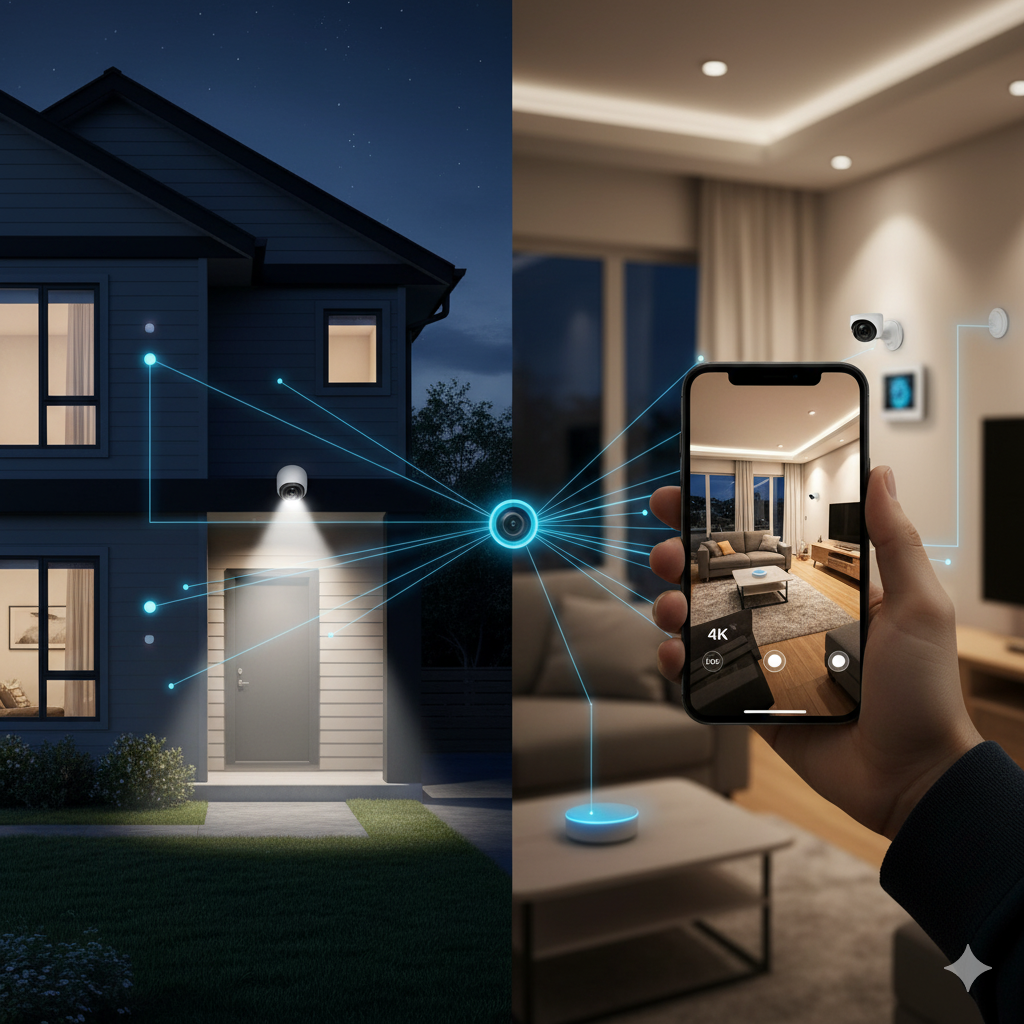
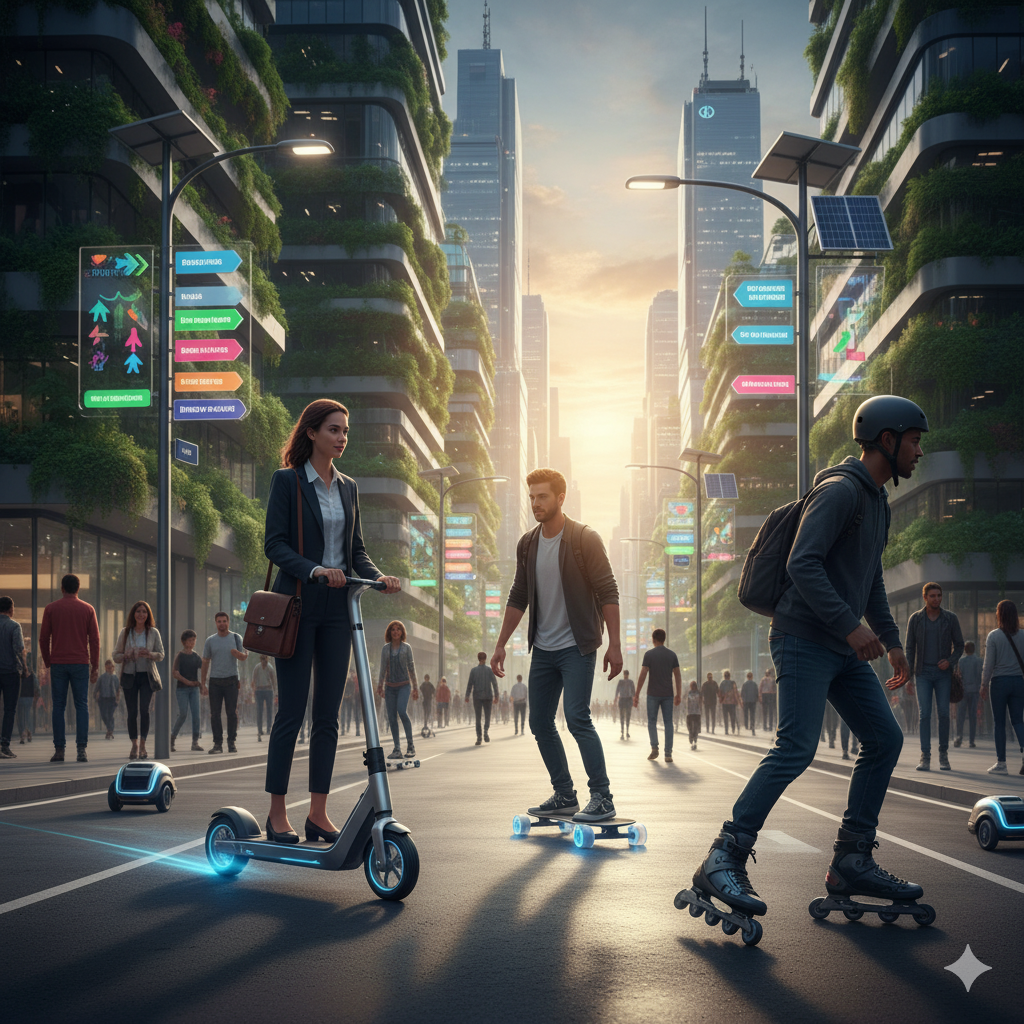
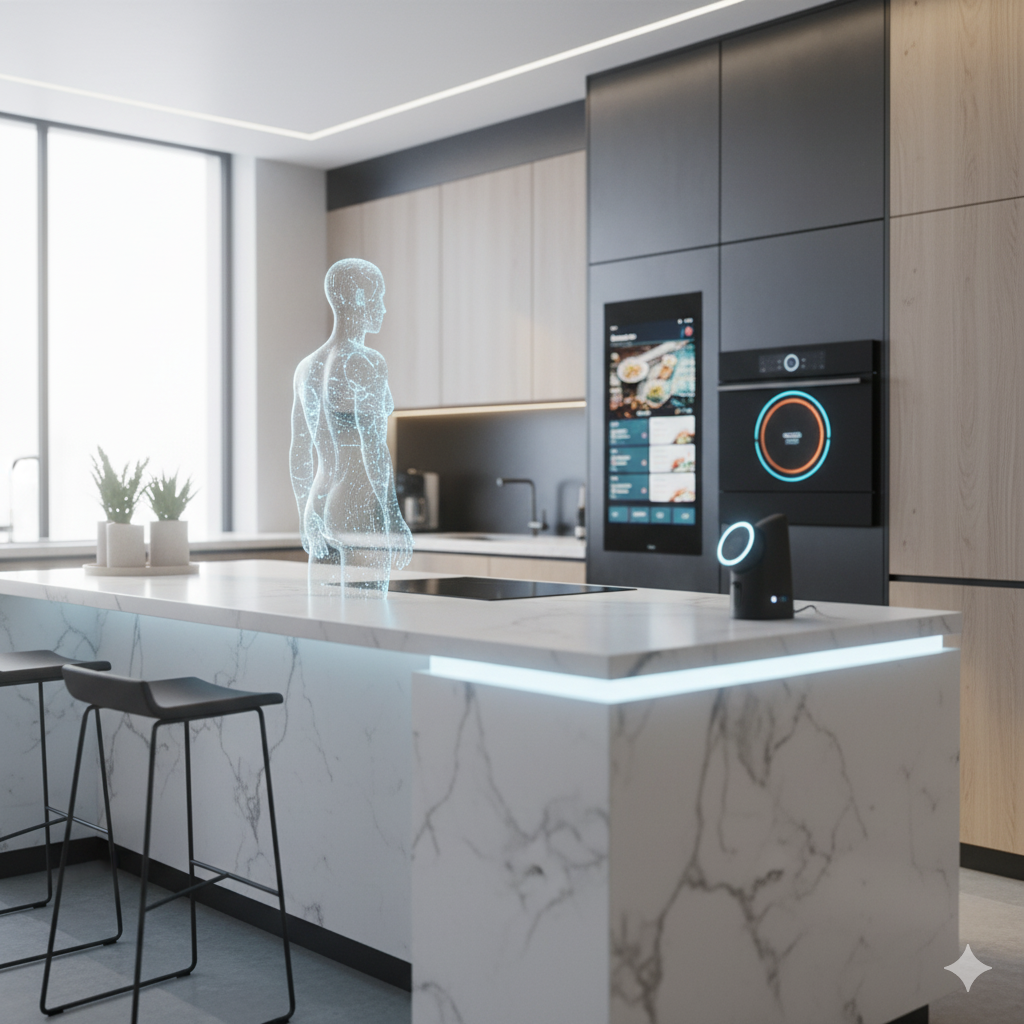
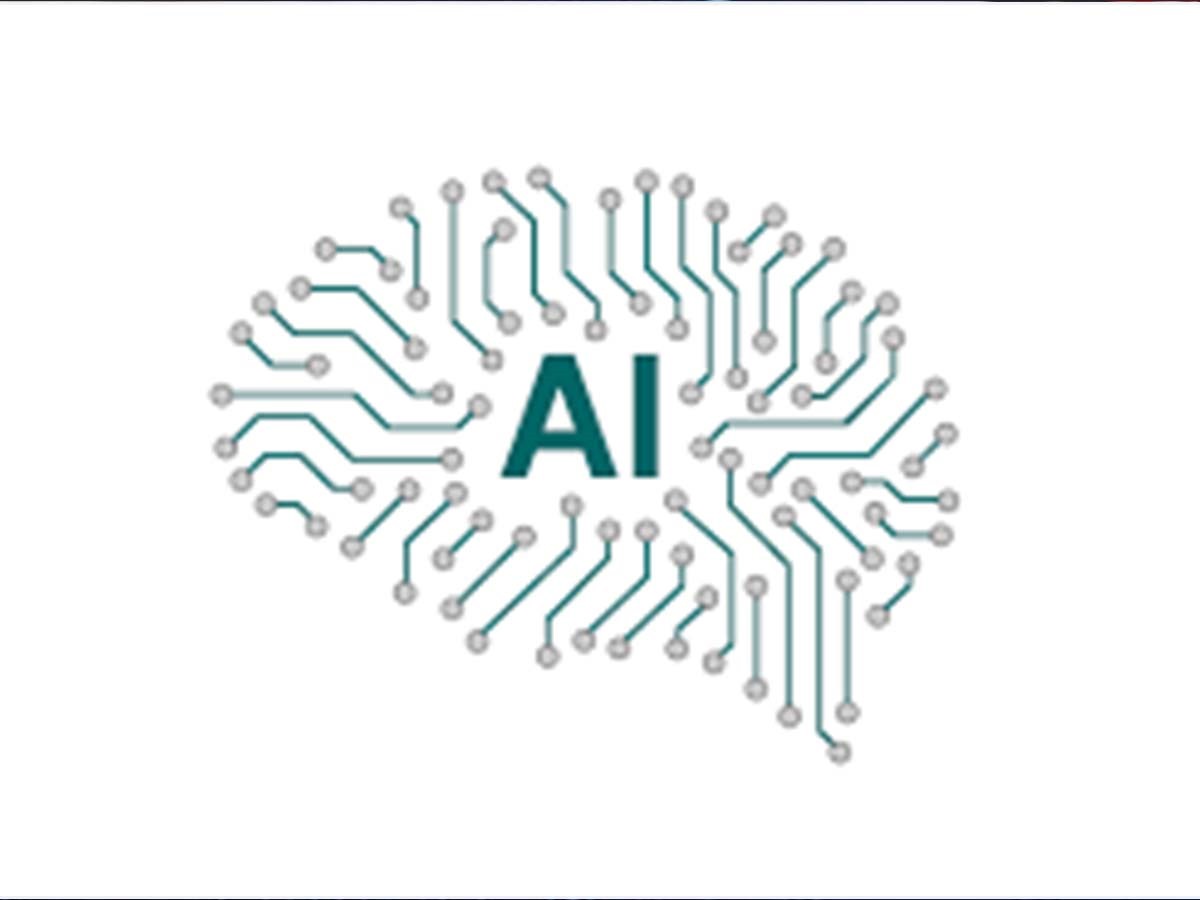
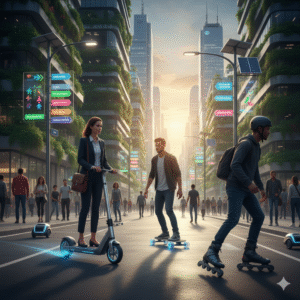
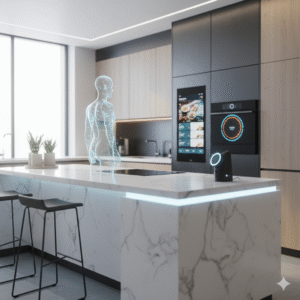



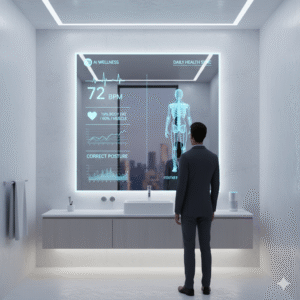
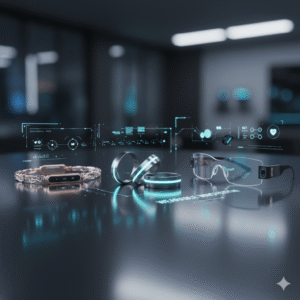
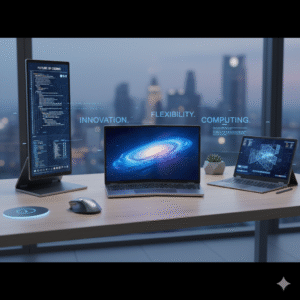
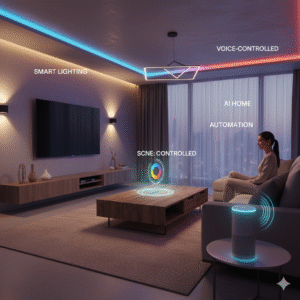
Post Comment